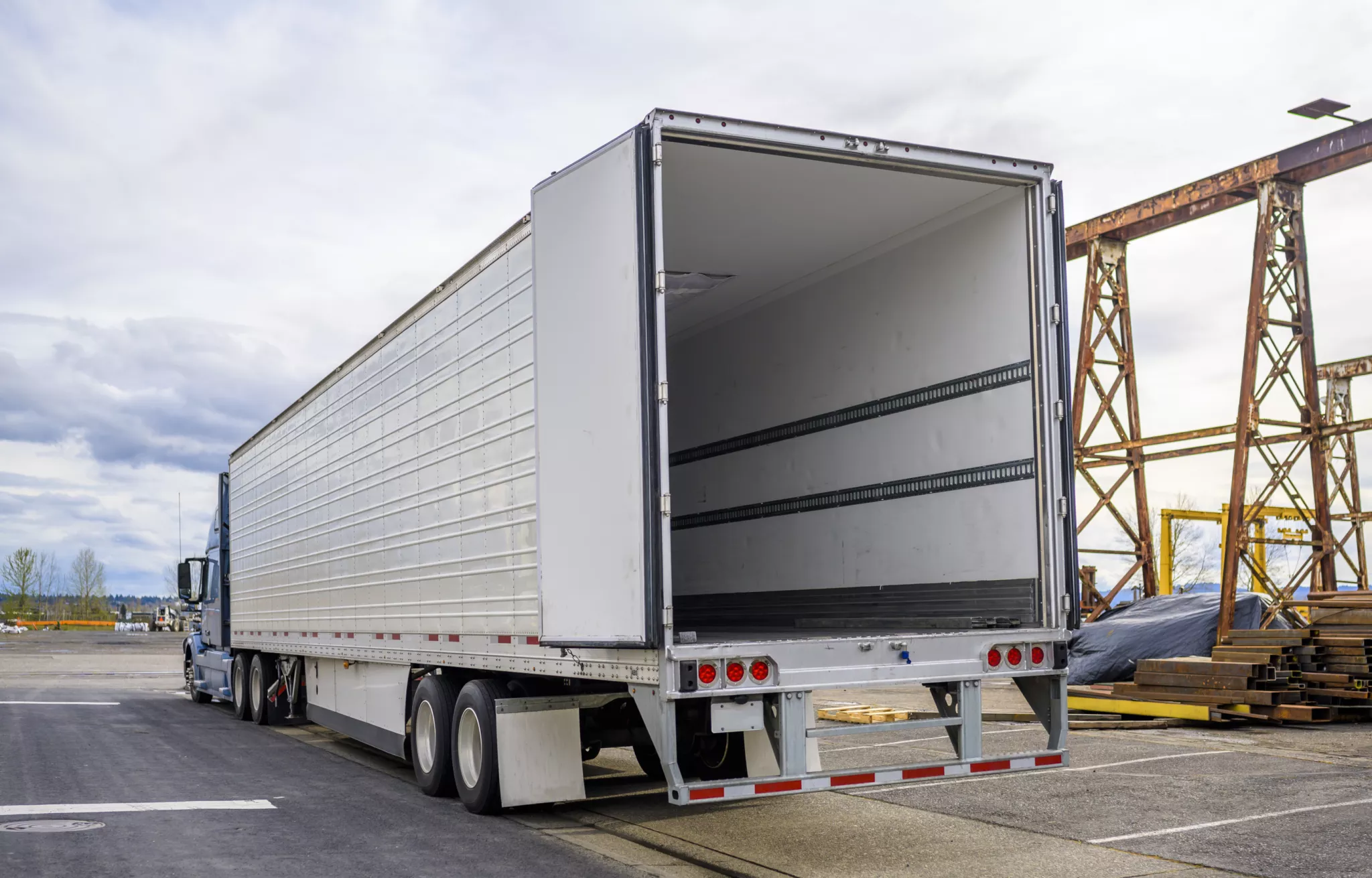Cash on delivery (COD) represents a transaction model wherein the recipient settles the payment for a purchased item at the time of its delivery, eschewing the use of credit. The specifics of terms and accepted payment forms hinge on the stipulations outlined in the purchase agreement. Often denoted as collect on delivery, this payment method accommodates cash, checks, or electronic payments upon the receipt of the delivered loads.

Understanding Cash on Delivery (COD)
The execution of a cash-on-delivery transaction can manifest in various ways, each potentially influencing a company’s accounting practices. Publicly traded companies adhere to the accrual accounting method mandated by generally accepted accounting principles (GAAP).
Under accrual accounting, revenue is recognized at the time of the transaction, and if payment is deferred, it is recorded in accounts receivable. Private companies, however, have the flexibility to choose between accrual and cash accounting. In cash accounting, revenue is only recorded when payment is received.
In instances where a customer engages with a merchant in person, making a purchase from readily available inventory, payment is collected at the point of sale, exemplifying a form of cash on delivery. Employing the accrual accounting method in such scenarios results in a shorter accounts receivable period, promoting higher efficiency.
For extended accounts receivable arrangements, companies can establish COD shipping, enabling customers to postpone payment until the actual delivery. In certain online marketplaces, such as eBay, COD serves as a protective measure against fraud between buyers and sellers. Overall, the COD approach does not necessitate payment from purchasers until they have received their purchases.
Pros and Cons of COD
Pros
For numerous businesses, in-person Cash on Delivery (COD) transactions offer the immediate settlement of goods and services, presenting a notable accounting advantage by significantly reducing the days receivable for a business.
COD transactions typically involve shorter delivery timeframes compared to standard invoicing, requiring customers to make payments upon delivery through an intermediary. With COD shipping, customers have the opportunity to gather funds for a complete payment.
However, the COD shipping approach elevates the risk of customers inadequately planning for payment, potentially leading to returned purchases. Such returns not only fail to contribute to profits but may also incur shipping return fees, posing disadvantages for the merchant.
Despite these considerations, offering a COD payment option can boost consumer confidence, particularly for newer companies yet to establish strong brand recognition. Established businesses, generally averse to the risks associated with COD shipping, often opt for credit payment plans with interest and late payment fees.
Nevertheless, COD holds certain advantages over credit, as it ensures the seller receives the entire payment upon delivery. Additionally, COD can mitigate risks related to buyer identity fraud, stopped payments, or electronic card disputes. In certain countries, such as India, cash-on-delivery transactions are fostering growth in Internet commerce, appealing to consumers lacking established credit or alternative payment means.
Cons
The drawbacks of Cash on Delivery (COD) for businesses include an increased risk of goods being declined upon delivery, along with associated costs for handling returns. From the buyer’s perspective, returning items can be more challenging, especially if payment has already been made at the time of delivery. Sellers may be hesitant or not obligated to accept returns, even in cases where consumers are dissatisfied with the purchased goods.
| Pros of Cash on Delivery | Cons of Cash on Delivery |
| – The payment duration is briefer compared to alternative payment methods. – The approach offers a degree of safeguarding against customers who may default or delay payments. – Cash on delivery enhances cash flow and facilitates effective budgeting. – Individuals without access to credit can still make purchases. | – Heightened risk of delivery rejection. – Sellers lacking a robust return infrastructure and support may face substantial costs in handling returns. – Buyers might encounter challenges when attempting to return items that fall short of their expectations. |
Cash on Delivery vs. Cash in Advance
Cash in advance and cash on delivery present distinct payment models. In the case of cash in advance, the buyer pays for the goods or services before the delivery or shipment takes place. This payment method, often involving credit, is employed to mitigate credit risk or the potential of non-payment for the seller. While the seller gains security with cash in advance, the buyer assumes the risk of receiving delayed, damaged, or unexpected goods.
Contrastingly, cash on delivery offers advantages for both buyers and sellers, as goods are shipped before payment is made. In this scenario, the buyer has the opportunity to inspect the goods before completing the payment. On the other hand, cash in advance requires the buyer to make the entire payment upfront, ensuring that the shipping process is initiated and protecting the seller from the risk of shipping goods without receiving payment.
Cash in advance stands out as a prevalent payment method in online marketplaces, e-commerce, and international business trade. The choice between cash on delivery and cash in advance depends on a business’s risk tolerance. Larger enterprises may opt for cash in advance, leveraging their advanced accounts receivable and collections processes.

How Does Cash on Delivery Function?
Customers initiate the process by placing an order, typically through a website, and opting for delivery. At the time of ordering, the customer does not make any payment and selects cash on delivery as the preferred payment method. Subsequent to placing the order, the seller generates an invoice, which is enclosed with the parcel.
The seller dispatches the parcel to the customer’s provided address. Upon delivery, the customer pays the designated deliverer or shipper using either cash or a card. The Cash on Delivery (COD) amount is then transferred to the account of the logistics partner or shipper. Following the deduction of handling charges, the logistics company remits the remaining amount to the seller’s account.
Conclusion
In conclusion, Cash on Delivery (COD) serves as a multifaceted payment method with both advantages and drawbacks. While it provides immediate settlement for businesses and offers buyers the chance to inspect goods before payment, it also comes with risks such as delivery rejection and potential difficulties in returning items. The method’s impact on accounting practices varies, depending on factors like the chosen accounting method and the nature of the transaction.
The pros of COD include quicker payment periods, protection against delayed or defaulted payments, enhanced cash flow, and accessibility for individuals without credit. However, there are cons such as the risk of delivery rejection and associated return costs for businesses, along with potential challenges for buyers in returning items, especially after payment.
When comparing COD to other payment methods like Cash in Advance, businesses must consider their risk tolerance and the efficiency of their accounts receivable processes.
In case need a reliable partner that can help you overcome all the logistics challenges you meet, choose Logity Dispatch. We encompass rate negotiation and handling all communication with brokers and shippers. We strive to secure the best freight at the highest price for our clients. However, we operate on a voluntary dispatch basis: drivers have the autonomy to decline any loads if they choose to do so.







